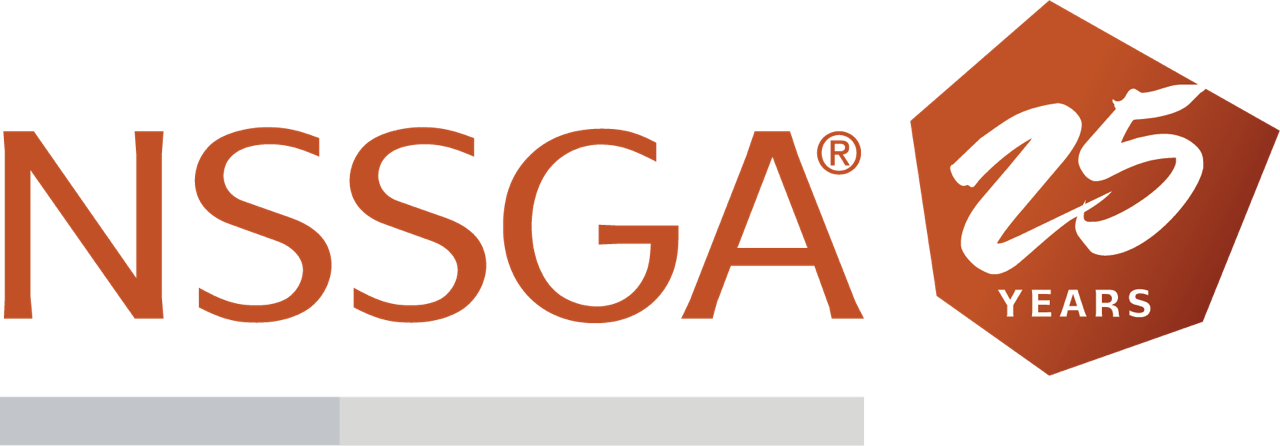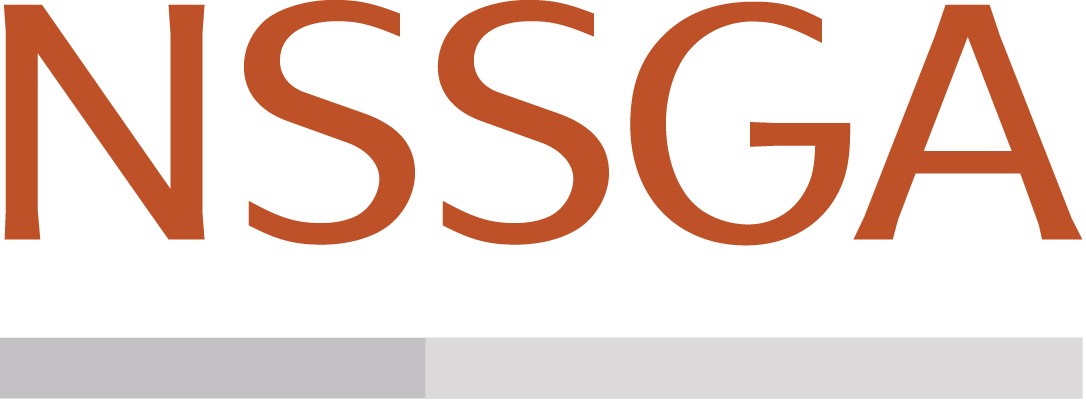The Power of Questions

By Martin Willoughby
There's a misconception that leaders must have all the answers. There have been many times where I’ve observed other individuals in executive and managerial roles assume that people look to them for answers, so they make bold assertions to build confidence in their competence. I’ll let you in on a little secret—it’s okay to not have the answers. Part of being a leader is asking powerful, inspiring questions, and soliciting other’s help—whether that is your team, those you manage, or those you serve—to find answers. Being "question-animals" and thinking together can put you on the path to solving intractable problems and sparking innovative thinking.
No Questions, No Change
Several years ago, I had moved to a new city and when people I would meet would ask me what I do for a living, I would share, "I ask questions." That would usually lead to some interesting conversations about the power of questions. I still view much of what I do as trying to ask the right questions. The right questions bring clarity and focus to people, teams, and organizations. Questions have a way of helping us consider what is important.
German American neurologist Erwin W. Straus, who helped pioneer anthropological medicine and psychiatry, said, "The act of questioning cannot be taught. Nor does it require a teacher. The first question arises early in the life of every healthy child, from the very roots of its existence. We are able to ask single questions because we are questioning beings at our very core." In his 1955 article, "Man, a Questioning Being," Straus makes a compelling case for understanding human beings as "question-animals." When we ask questions, we are both open to new knowledge and willing to learn from that knowledge. That’s why leaders who truly want to help their employees to learn something new (and empower them to develop new solutions themselves) must trust this motto: "no questions, no change."
The Question Behind the Question
John Miller in his book QBQ! The Question Behind the Question describes the QBQ as a "tool that enables individuals to practice personal accountability by making better choices in the moment." We all face challenges in life, and what Miller argues is that instead of asking questions like, "When is someone going to fix this problem?" or "Why did this happen to me?" that we reframe to more empowering questions like, "What can I do to fix this situation?" or "How can I better address this problem?" For example, I had a work colleague that moved into a new role over a product line that was underperforming and had an unmotivated team. It would have been easy for him to have a victim mentality and ask incorrect questions such as, "Why did I get this assignment?" or "Who hired this unmotivated team?" Instead, he focused on questions like, "How can I turn this situation around?" and "What are the root causes of the product line challenges?" In sum, one of the most powerful things we can do is to ask ourselves powerful "What" and "How" questions about what we can do to take personal responsibility in a situation.
Asking Why
You may be familiar with the story of the young girl who was watching her mother bake a ham for a family gathering and noticed her mom cutting off the ends of the ham before placing it in the oven. "Mom, why do you cut the ends off before baking the ham?" she asked. Her Mom told her that is the way her mother showed her how to cook ham, and she thought it was to soak up the juices better. The daughter called her grandmother and asked why she cut off the ends of the ham, and she repeated what the child’s mother had told her—that her mother showed her how to cook ham and that she also believed it was to soak up the juices better. Not satisfied, the young girl called her great-grandmother who told her "Oh, no I didn’t cut the ends off to have a juicer ham. I just never had a pan big enough to hold a whole ham, so I always had to cut off the ends to make it fit."
I think about this story all the time. I always encourage new people in organizations to ask a lot of "why" questions to understand the logic behind why things are done. Too often we may be following a process that no longer makes sense. While asking why challenging assumptions can be easier for new people to an organization, it is something that all of us should be doing to understand root causes in our pursuit of continuous improvement.
Asking with Empathy
While trying to solve problems, it’s important to ask questions with an increased level of empathy for the other party. Showing empathy towards an individual or team that is experiencing a significant challenge fosters a more trusting and supportive environment, which can lead to open and honest communication and help you to gain a deeper understanding of the problem.
This will help you to uncover a story and gain a deeper understanding of the situation or problem at hand. You can do this by asking simple questions, to discover what led to the problem, how the issue makes the other person feel and why and try to figure out what the outcome was that they were expecting. Going beyond just "what" and "why" and guiding a conversation where you’re open to listening to the other person can help uncover a world of information you would’ve otherwise not been exposed to.
Asking to Enhance Customer Experience
Sometimes you have to rely heavily on the power of questions with your customers to determine how the products or services that your organization provides can better solve their challenges and meet their needs. One great way to do this formally is to conduct customer interviews to gain a deeper understanding of those needs and pain points. Be sure to ask open-ended questions and actively listen to their responses.
Once you’ve been given their initial feedback, usability testing is going to be the next step. It’s critical to test the assumptions that you and your customers have made together and then identify areas for improvement. Make sure to test your products and services with real customers in real-world scenarios.
Collaboration is key when working with your customers to improve your services. It’s imperative to involve employees from different areas of your own organization, and make sure everyone has offered questions to discover how their individual processes can better serve your customers and ensure that everyone is aligned on goals and priorities. This is particularly important because you can empower other team members to learn to ask the art of asking questions. When you’re not around to dig deeper, they can now do so.
When it comes to interviewing, try to steer clear of asking leading questions. Don’t try to argue yourself into a response, nor should you try to "validate" by leading the interviewee to give you a particular answer. To help, I usually like to go in prepared with a bit of a template. This helps set a baseline for what I want to ask, but I have learned over time not to take it too seriously. Often, the most interesting questions will arise from interesting answers you didn’t account for. Stay calm, put yourself and your interviewee at ease, and just chat. Lean into your script to guide you, but don’t be too strict. Some of the best conversations I’ve ever had started when I ended the interview.
Make sure you are actively listening to the person that you are interviewing so that you are able to expand on their responses. Another key to running great interviews with your customers is to keep the language casual. The simpler the language, the easier it is for the other person to respond.
Become a Story Collector
Have you ever had a conversation with someone where the person asks you a question only to cut you off mid-response and talk about themselves for the next 30 minutes? Or, in today’s world you are on a video call with someone, and they are clearly working on a project or email while you are talking. I believe that asking thoughtful questions and being an attentive listener is one of the greatest gifts we can give someone. I once met a well-known leader in a small group setting. After about 5 minutes, I felt like I had known him forever. He was incredibly "present" and made me feel like I was the only person in the room. In reality, he had not really shared much about himself at all. Instead, he had asked me thoughtful and insightful questions. He was really listening. I have heard these type people called "Story Collectors." We all have a life story. Whether you are talking to a customer or a colleague, think about whether you are being a story collector and really listening.
Conclusion
Next time you ask a question, remember—practice active listening, tap into empathy, and keep the language casual. Not only will you be able to solve problems you may not have known even existed, but you can empower others to ask thoughtful questions as well. Moreover, take a little bit of pressure off yourself. There is no such thing as "the" perfect question, and over time you will tap into which questions are relatively better to others depending on the topic and situation. The only thing we truly have is our ability to learn and grow!
Originally published in July/August 2023 Stone, Sand & Gravel REVIEW.

